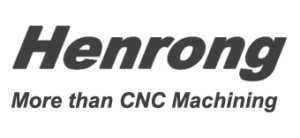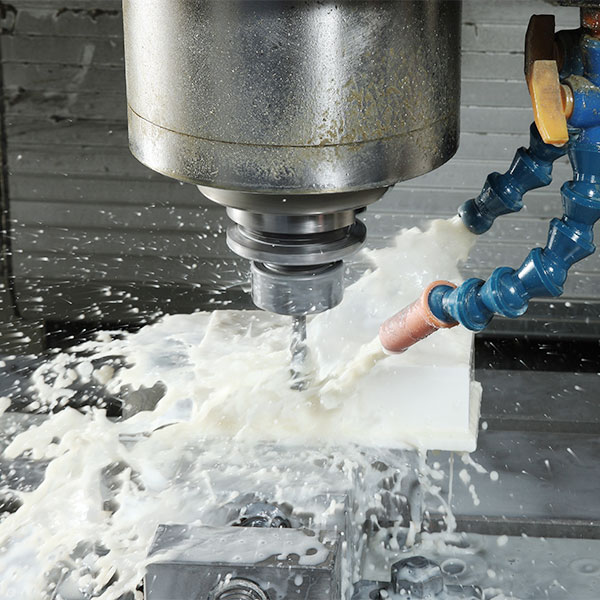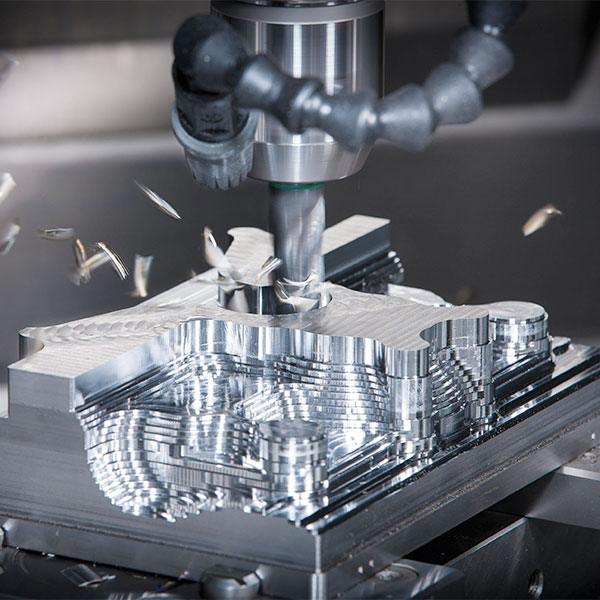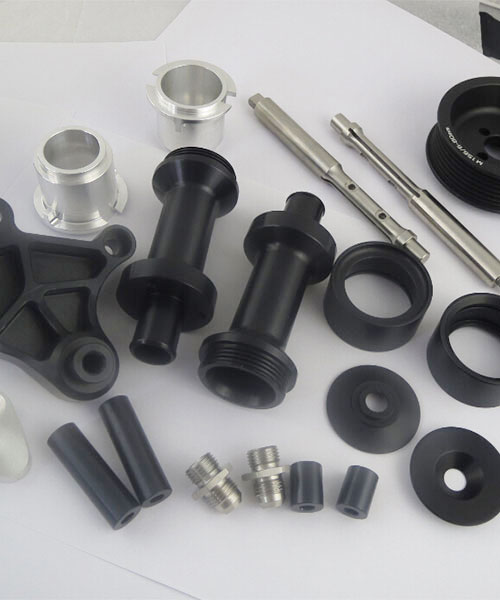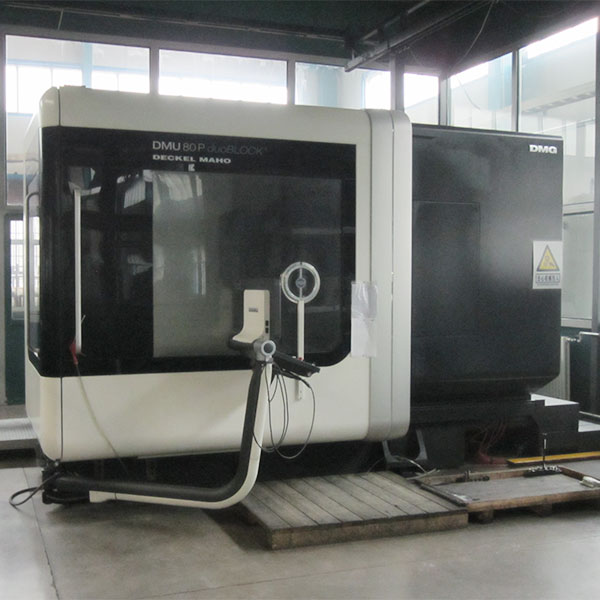What is CNC Machining?
Definition
CNC machining is the machining of metal, machinable plastic, and other raw materials with CNC devices, to complete the design shape. “CNC” is the shorthand of Computer Numerical Control. CNC machining is using the digital information to control the displacement of the part and tool, to complete fabrication. So that to meet the parts with varieties of changeable, high precision, complex shape, high precision, it has been realized the high efficiency and the automatic production.
Features
- High machining accuracy, and solid machining quality;
- Multi-coordinate linkage can be carried out, and can process parts with complex shapes;
- It can save production preparation time;
- With the high precision and rigidity, it can choose favorable processing amount, to improve production efficiency.
- With the high degree of automation machine device, can reduce the labor intensity;
- The quality of the operator is higher, the technical requirements of maintenance personnel is higher.
Key Production Details
- Size and tolerance: Each size is needed to preset. Especially for the important dimension and fitting position dimension, are needed to be more precise dimension and accurate tolerance marked on the drawings. And if there is any thread, it needs to the thread type requirement.
- Material: The specific material type requirement, e.g. aluminium 6061-T6, stainless steel 304, etc.
- Quantity: The quantity requirement of each part.
- Surface Finish: Based on the different materials, and different products purposes, the surface finish requirements are different.
- Logo/ text engraving: Laser engraving logo or CNC engraving logo.
- Other special requirements of the production details.
Production Process
- CNC programming: Through the process analysis of drawing and process design of the designed parts, then perform mathematical processing of the drawing, compiling, checking and modifying program list, etc., to make a strict and uniform processing procedure is established for the part.
- Jig selection: First, it is necessary to ensure the coordinate direction of the jig and the coordinate direction of the machine relatively fixed. The second is to coordinate the size of part and machine coordinate system. In addition, it is also necessary to load and unload part with fast, convenient and reliable, to shorten the machine stop time. And the parts on the jig should not hinder all the surface machining of the parts, so the jig should be open, its positioning, clamping mechanism components should not affect the processing of the tool, not to mention collision.
- Tool selection: Choosing the tool with good rigidity, high precision, stable size, high durability and easy to mount and adjust, to meet the high efficiency requirement of the CNC machine.
- Tool path: The feed route is carried out along the outline of the part. It is necessary to strictly determine feed route of rough machining and idle running. Based on ensuring the accuracy and surface roughness of the part, shortening the tool path and reduce idle running time, to improve the machining efficiency.
- Machining allowance: It is the thickness of the material removed from the machined raw surface during machining. It affects the machining quality and production efficiency of the part directly.
Equipment
Henrong has powerful CNC machining equipment and industrial level quality control devices with list as below:
- 3/4/5-axis CNC Machining Center
- CNC Turning Equipment
- CNC Milling Equipment
- Turning-Milling Composite Device
- Coordinate Measuring Machine
- Precision Height Gauge
- X-Ray Detection Device
- Spectrum Analysis Device
